
brickstones (the nature of things)
I started this research by accident in the spring of 2015, along the banks of the Clyde estuary, downstream of Glasgow. The stimulus was born where the remains of a distillery and a refinery, especially bricks, are scattered along the coast, altered and moved by the sea, freed from human control, now under the influence of nature and of the cycles and the transformations that imposes.
I continued the research in Nure Valley (where I live) in the river bed, where you can collect similar brick debris (a phenomenon that I note in all anthropic places where I try to look for them). The debris are mixed with natural stones and in the same way they are placed, oriented by the flood’s current, like the sand-stone and marl-stones around them. They are stones, smoothed and rounded. Red. They are brick-stones. And they are everywhere.
I collect and gather them in some points of the river bed to watch them, to make their presence perceptible.
I took away some of them and I made installations outside the context of the river, such as Missing piece, for which I used a fragment of wall made of various bricks still attached by lime, polished by the river until it took the shape of a rounded stone.
They are particularly fascinating, balanced on the edges of meaning. The brickstone is waste? Is it something finite, or does it continue to live?
Fascinating for memory that they enclose. Are they waste or archaeological findings of a more or less recent past? However, the evidence of a destruction, violent or not.
Each collected fragment makes us thinking about its original location and function as a brick wall, roof tile, ... Is it something that remains, or something that is transformed? Is it an artificial thing or is it a given thing?
Now, using the Celeste Prize to spread this idea, I am going to promote a collective action, in a place to be decided (may be more than one), in search of the nature of things, a shared exploration of the border between the natural and the artificial, involving people willing to collect the brickstones and to gather them in the landscape, creating an ephemeral collective drawing.
A first site identified could be the river Nure - (see “preparatory sketch collective action, Nure”).
The installation for the exhibition would include eight descriptive images of the project, an installation with brickstones, a video loop projected onto a wall or screen (showing brick debris found in the river bed and installations made or planned) and a text with explanations about project and intention to create one or more collective events for the realization of a larger work in 2017.
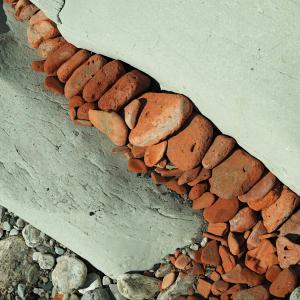
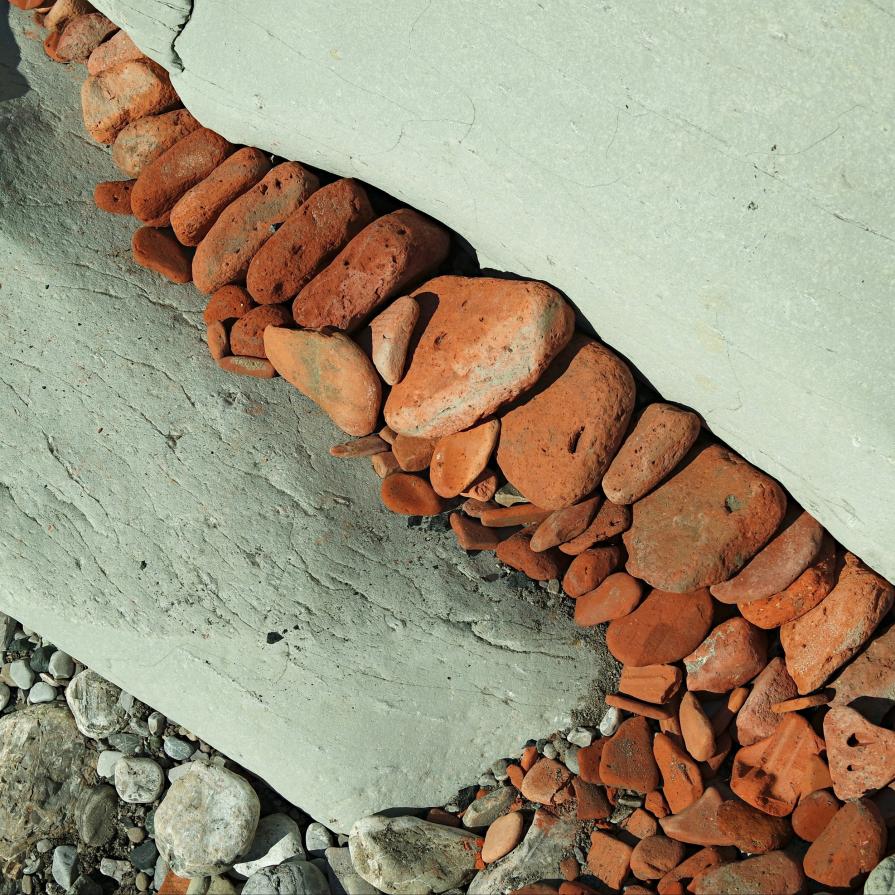
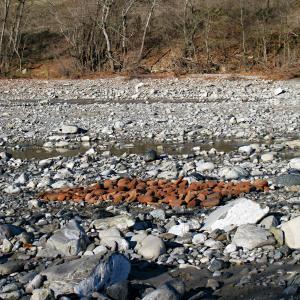
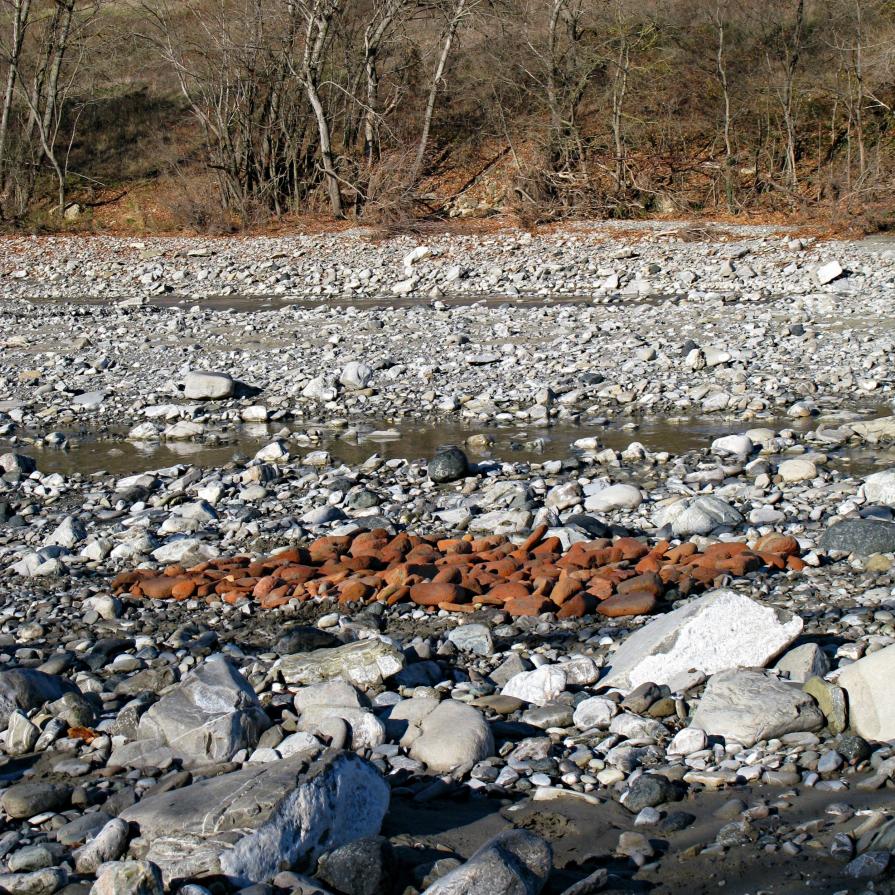

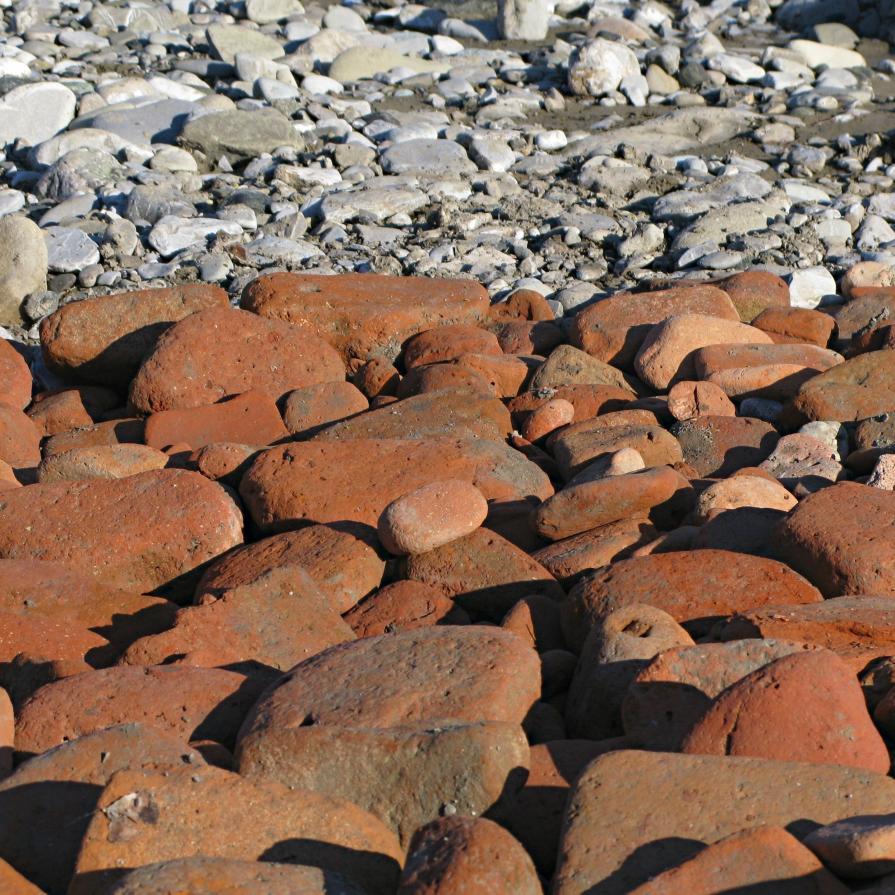

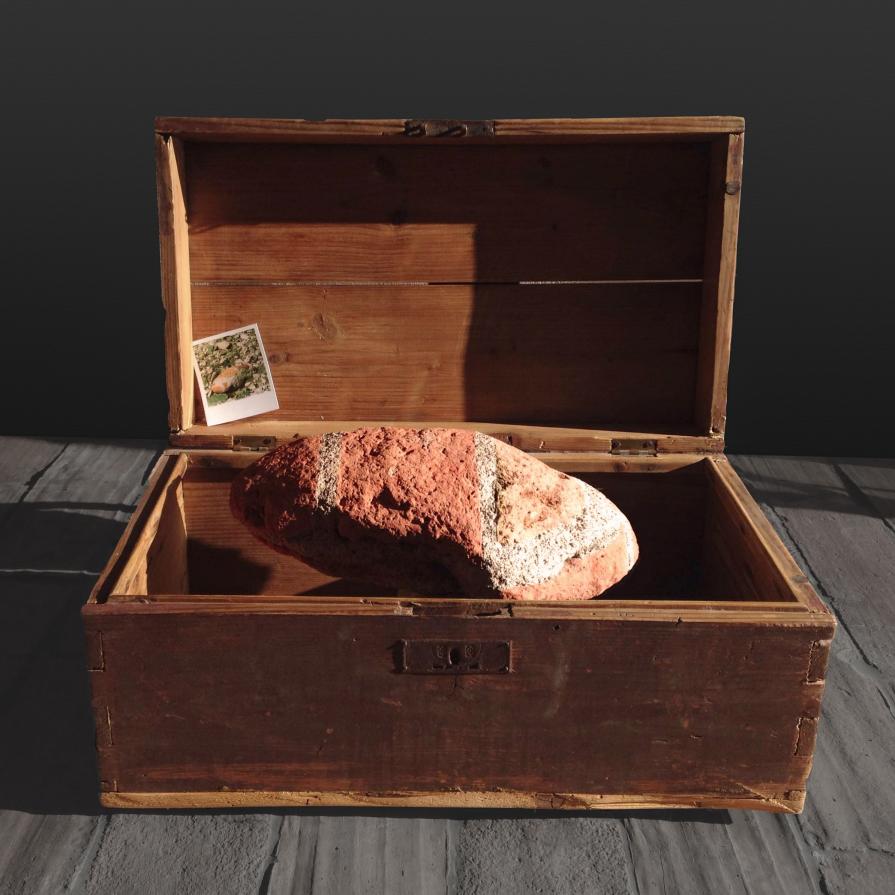



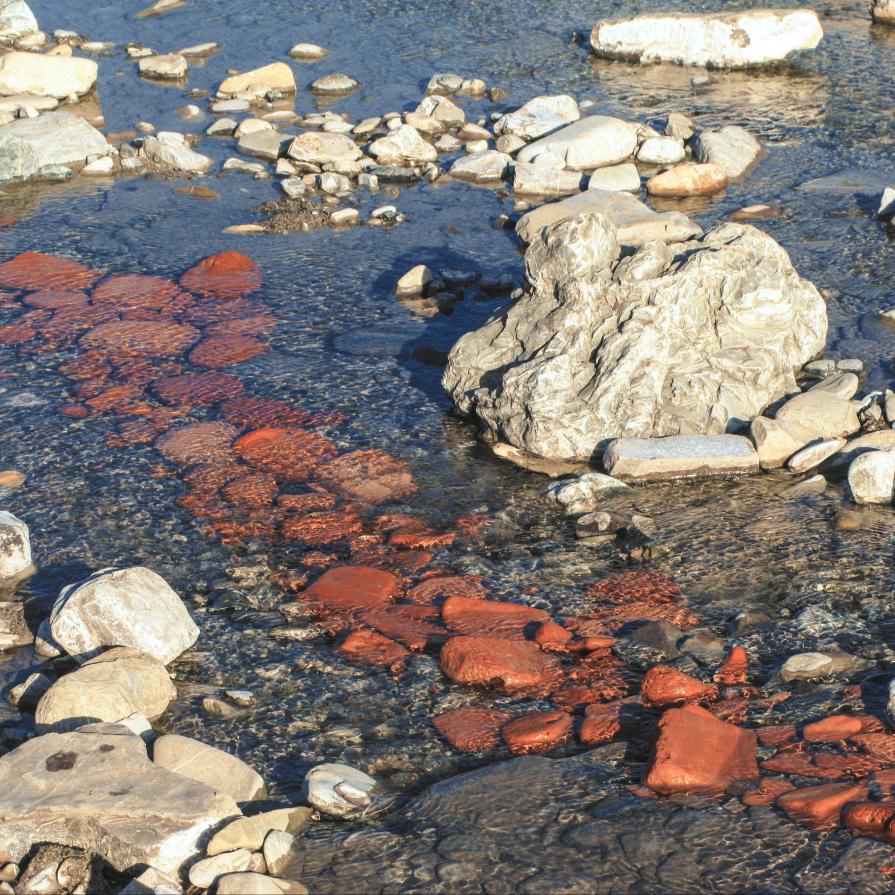

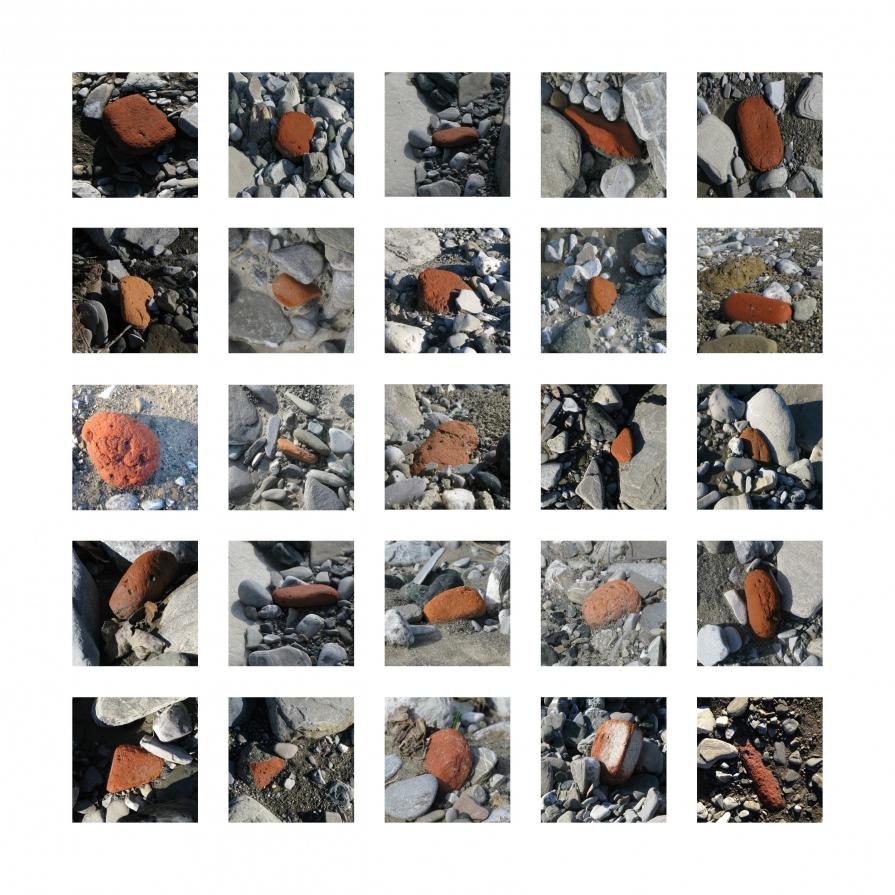
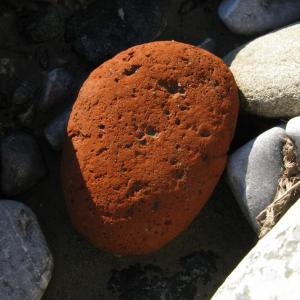























Comments 1
Say something